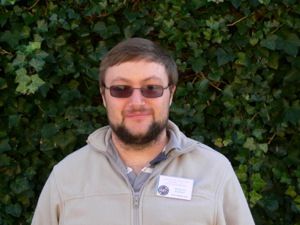Albertus SeyffertPotchefstroom |

|
|---|
Implementation of a goodness-of-fit test for finding optimal concurrent radio and gamma-ray pulsar light curves(pdf)
Albertus SeyffertPotchefstroom |

|
|---|
Implementation of a goodness-of-fit test for finding optimal concurrent radio and gamma-ray pulsar light curves(pdf)
Seyffert et al. (2011) demonstrated how constraints on the viewing geometries of radio-loud gamma-ray pulsars could be obtained by comparing their radio and gamma-ray light curves by eye to predicted light curves generated by established geometric models. The constraints obtained via this approach compare reasonably well with those yielded by more rigorous single-wavelength approaches (e.g. Weltevrede et al., 2010), but are still a subjective representation of how well the models used reproduce the observed light curves. Constructing a more rigorous approach is however difficult due to the comparatively large uncertainties associated with the gamma-ray light curves (as compared to those of the radio light curves). Naively applying a chi-squared-like goodness-of-fit test to both bands invariably results in constraints dictated by the radio light curves. In this talk we build on the work by Johnson et al. (2014), and discuss a novel method for conducting such goodness-of-fit tests.